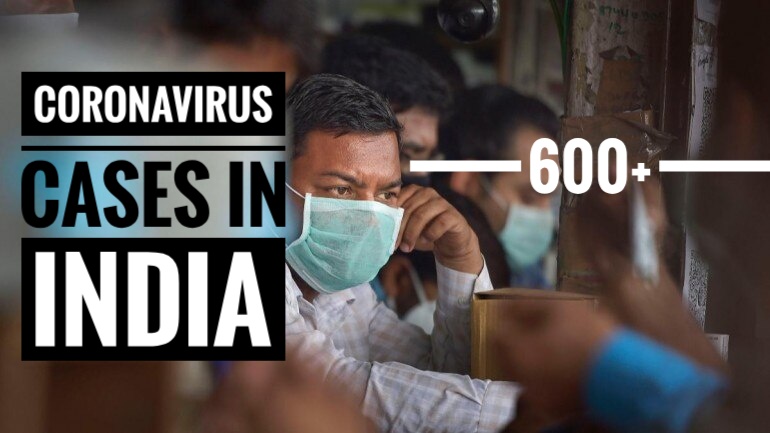With the Delhi Chief Minister Arvind Kejriwal confirming speculations of extension of the 21-day national lockdown held by the people f the nation, many people have begun questioning the strategies and planning involved in the decision. The Prime Minister is yet to make an official announcement regarding the issue of extension.
During the video conference held by Modi with the Chief Ministers of each state, most of the ministers voted in favor of a lockdown, with only Madhya Pradesh opposing the lockdown consensus.
“State Vigilance”
As anxiety among the citizens soars, Punjab and Odisha declared that they would remain under lockdown till 30 April due to the extent of spread in their states. Delhi, Uttar Pradesh, and West Bengal have released a list of hotspots to be completely sealed. However, as Arvind Kejriwal had pointed out during the conference with the Prime Minister, having only state lockdowns may be ineffective and only a national lockdown could play an important role in containing the pandemic.
“Jaan Bhi Jahaan Bhi”
However, many speculate that the lockdown may only be limited in nature as opposed to the current lockdown which is to end on 14 April. Prime Minister Narendra Modi during the conference said: “Jaan Bhi Jahaan Bhi” which translates to life and livelihood. This points towards a more staggered exit strategy rather than the sudden lifting of the lockdown regulations.
“New Lockdown Model to provide relief”
As a part of the new model, fishing and aquaculture have been permitted to operate and work. As discussed during the video conference, certain small scale industries and liquor shops will be allowed to operate. As suggested by the Delhi Chief Minister Arvind Kejriwal, all transport by air, rail, and road will continue to be prohibited and restricted as the opening of these services and allowing inter-state travel would compromise the purpose of the extension.
Certain reports claim that the country would be divided into three types of zones – red, orange and green to allow operations in certain areas to restart their activities and ease the economic stress. Reportedly, there will be no activity in the red zones as these will be active hotspots, there will be a limited opening of public transport services and other services such as farming activities in the orange zones which would be areas of few cases and no increase in the number of cases, and the green zones will be those areas which have had no cases.

Government officials are to work on a roster basis such that Joint Secretaries and other officers of higher ranks will be working in areas that have not been sealed and will be followed by one-third of the total subordinate staff members. These subordinate staff members would be those who have either cars or other vehicles for transport and will be working to ensure smooth functioning. These officials will ensure that pending processes can be initiated.
A list of officials who live in hotspots or areas which have bee sealed off has been prepared and these officers will be asked to stay at home.
Further, during the video conference, it was discussed that schools and colleges would remain shut.
Fiscal and economic packages demanded by the state may be met to provide relief to the
poorest sections of the population as well as the medical sector.
This staggered approach focuses on the economic aspect while focusing on the health risk of the virus. This new model seeks to take into consideration the suggestions given by the Federation of Indian Chambers of Commerce and Industry (FICCI) as well as other economic experts like the former RBI Governor Raghuram Rajan. This staggered approach hopes to ensure strict adherence to regulations and maintaining social distancing measures even in the low infected areas while allowing some economic activity to prevent economic stagnation. This model hopes to ensure a more efficient recovery of major hotspots such as the success story of Islampur in Maharashtra.

